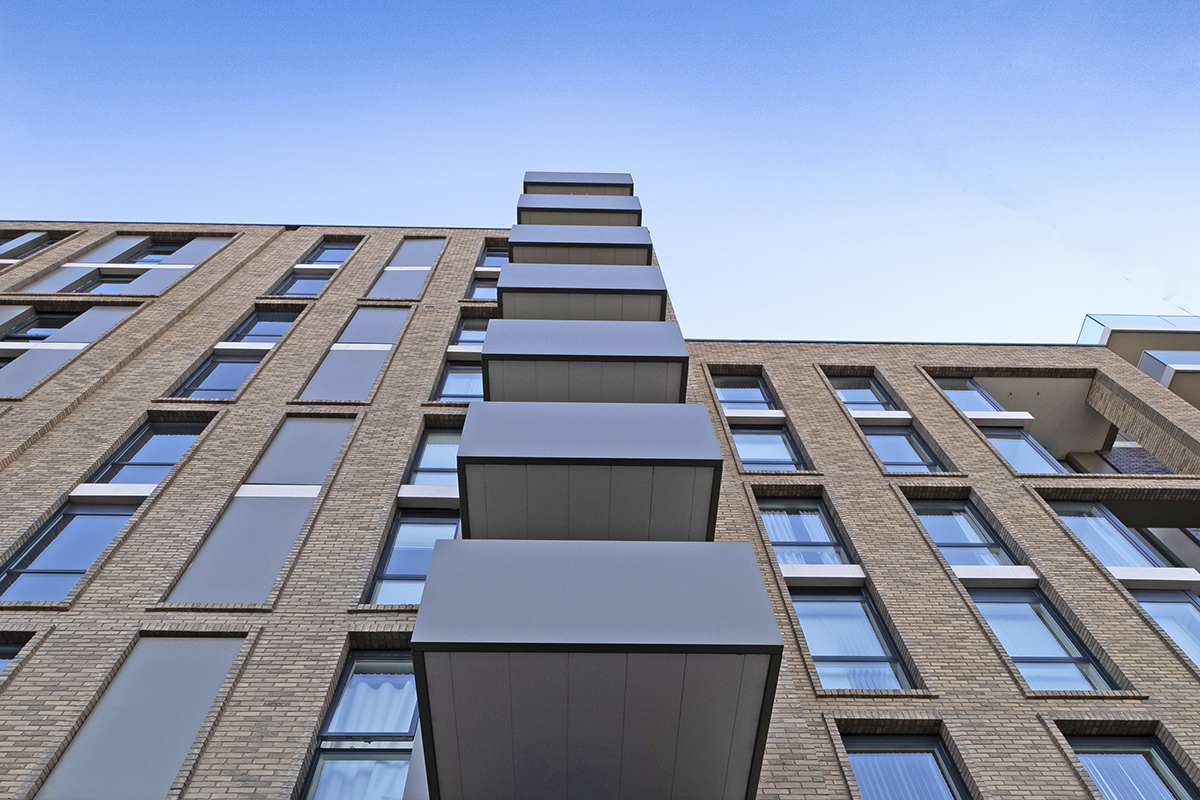You are viewing 1 of your 1 free articles
ACM and LPS blocks to be prioritised for inspection under new safety regime
The Building Safety Regulator (BSR) has said it will prioritise blocks still covered with Grenfell-style cladding and large-panel system (LPS) buildings as part of its new inspection regime.
The inspections are part of the BSR’s remit to monitor the safety of “higher-risk” buildings, which includes all residential blocks taller than 18 metres.
“We will be prioritising for building assessment those buildings still clad with aluminium composite material (ACM) and those LPS buildings built between 1957 and 1973 which cannot confirm remediation work has been carried out and they have gas systems/networks,” a BSR spokesperson said.
The body said in November that it is aiming to have checked 40% of higher-risk blocks by April 2026.
The priorities of the new inspection regime were first reported by Construction News, and come after the latest official figures show that 22 buildings with ACM cladding, the type used on Grenfell Tower, are still yet to start remediation work.
Of these, 15 have a forecasted start date for work, while four do not and have faced council enforcement action, the Department for Levelling Up, Housing and Communities (DLUHC) said in November. Two buildings are vacant.
An initial 495 blocks were identified with ACM following the Grenfell Tower fire, which killed 72 people. A total of 422 have seen work completed, while the remainder have work under way, according to DLUHC’s figures.
On LPS buildings, the BSR spokesperson said the issues are “long-standing and well known in the sector”.
However it comes after 400 residents were evacuated from Barton House, an LPS building in Bristol, just two months ago due to fears over structural stability.
LPS was a construction method mainly used in the 1960s and 1970s in which residential blocks were built using large, prefabricated concrete slabs.
East London tower block Ronan Point was an LPS building and partly collapsed two months after it opened in 1968 following a gas explosion. Four people died and 17 were injured in the incident.
In 2017, the then Department for Communities and Local Government wrote to all housing associations and councils about LPS buildings.
Last month, housing minister Lee Rowley responded to a question in parliament over whether the government held data on LPS blocks that have defects.
Mr Rowley did not directly answer the question, but said that “responsibility for the safety and maintenance of large panel system blocks lies with the building owners, including local authorities where they are the owners”.
Inside Housing exclusively revealed last month that the Health and Safety Executive (HSE), which oversees the BSR, had been unable to recruit a new chief inspector of buildings. Instead, Philip White is continuing as the HSE’s director of building safety.
Sign up for our fire safety newsletter
Already have an account? Click here to manage your newsletters












